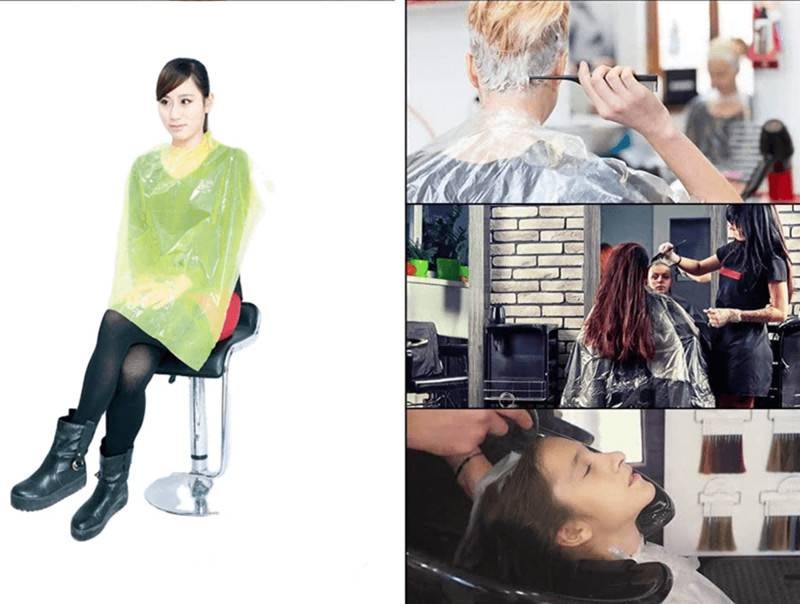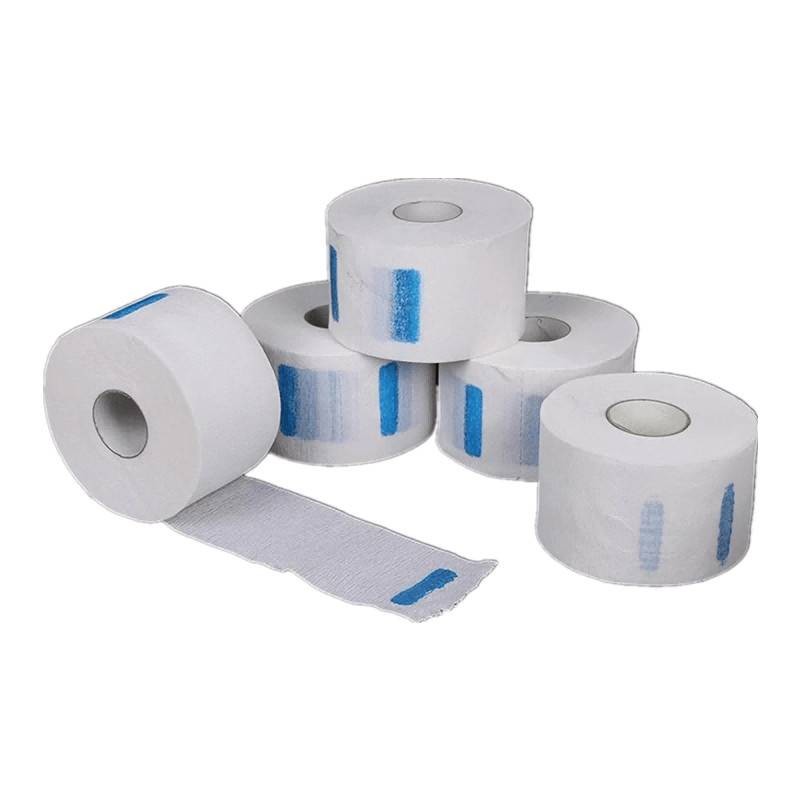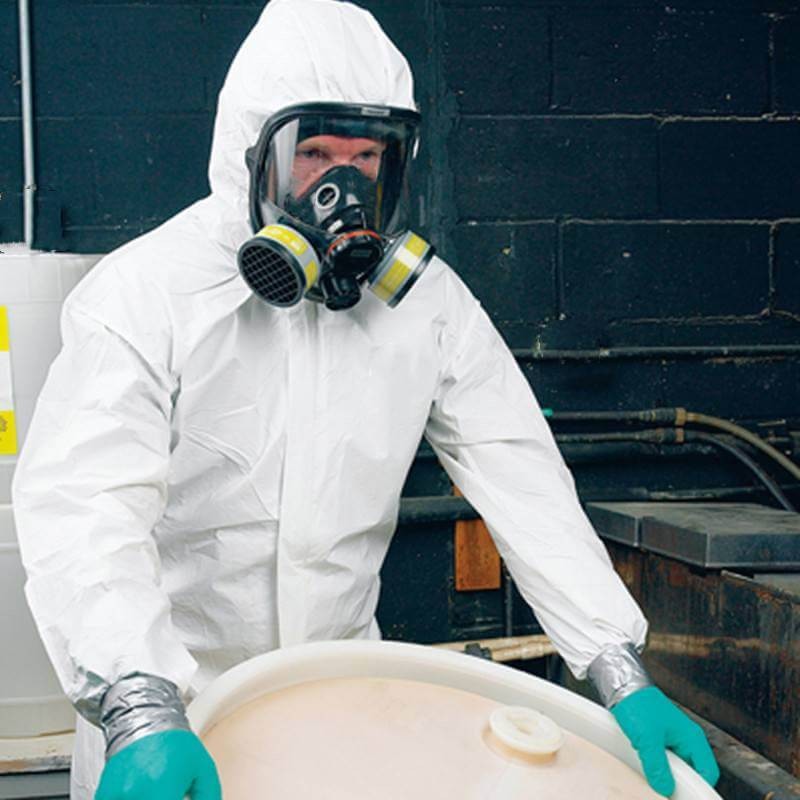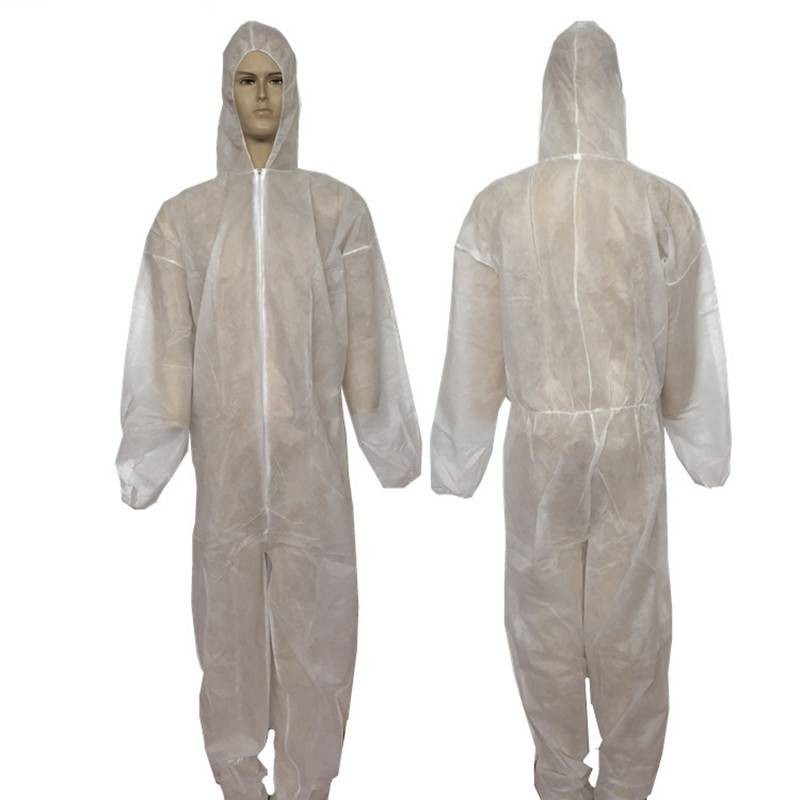GB19082-2009 is the standard for technical requirements for medical disposable mircorporous coverall in China.
This standard applies to disposable mircorporous coverall (hereinafter referred to as protective clothing) that provides barriers and protection for medical staff from contact with potentially infectious patients' blood, body fluids, secretions, and particulate matter in the air.
Reference Standard:
GB/T191 packaging, storage and transportation pictorial signs (GB/T191-2008, IS0780:1997, MOD)
GB/T3923.1 Textile Fabric Tensile Properties Part 1: Determination of Breaking Strength and Breaking Elongation by Strip Sample Method
GB/T4744 Textile fabric impermeability determination hydrostatic pressure test
GB/T4745 Textile fabric surface moisture resistance test wet test
GB/T5455 Textile Burning Performance Test Vertical Method
GB/T5549 Surfactant uses liquid film pulling method to measure surface tension
GB/T12703 Textile electrostatic test method
GB/T12704 Method for determination of moisture permeability of fabrics moisture permeable cup method
GB/T14233.1 Medical infusion, blood transfusion, and injection equipment inspection methods Part 1: Chemical analysis methods
GB/T14233.2 Test methods for medical infusion, blood transfusion and injection equipment Part 2: Biological test methods GB159792002 Hygienic standard for disposable sanitary products
GB/T16886.10 Biological Evaluation of Medical Devices Part 10: Stimulus and Delayed Hypersensitivity Test (IsO10993-10:2002, IT)
IST40.2(01) Standard test method for static attenuation of non-woven fabrics
GB19082 testing requirements for disposable mircorporous coverall:
1. Appearance
The protective clothing should be dry, clean, free from mildew, and no defects such as adhesions, cracks, holes, etc. are allowed on the surface.
The connecting parts of the protective clothing can be processed by stitching, bonding or heat sealing. The eye of the needle seam should be sealed, and the stitch length should be 8 to 14 stitches every 3 cm. The stitches should be uniform and straight, and there should be no skipped stitches. The processed parts such as bonding or heat sealing should be flat, sealed and free of air bubbles.
The zipper of the protective clothing with zipper shall not be exposed, and the slider shall be self-locking.
2. Structure
Protective clothing is composed of hooded tops and trousers, which can be divided into one-piece structure and two-piece structure.
The structure of the protective clothing should be reasonable, easy to put on and take off, and the joints should be tight.
The cuffs and ankles are elastically closed, and the face and waist of the hat are elastically closed, drawstring or buckles.
3. Size and specifications
The size of the protective clothing is divided into 160, 165, 170, 175, 180, 185.
4. Liquid barrier function
(1) Water resistance
The hydrostatic pressure of key parts of the protective clothing should not be lower than 1.67kPa (17cmH?O).
(2) Moisture permeability
The moisture permeability of protective clothing materials should not be less than 2500g/(m2?d)
(3) Resistance to synthetic blood penetration
The resistance of protective clothing to synthetic blood penetration shall not be lower than the requirements of Grade 2 in Table 3.
(4) Surface moisture resistance
The water level of the outer side of the protective clothing should not be lower than the requirement of level 3.
5. Breaking strength
The breaking strength of the material of the key parts of the protective clothing should not be less than 45N
6. Elongation at break
The elongation at break of the material of the key parts of the protective clothing should not be less than 15%.
7. Filtration efficiency
The filtration efficiency of non-oily particles at the key parts of the protective clothing and the joints should not be less than 70%. 4.8 Flame retardant performance
8. Flame retardant performance
Protective clothing with flame retardant properties should meet the following requirements:
a) The length of damage is not more than 200mm;
b) The continuous burning time does not exceed 15s;
c) The smoldering time does not exceed 10s.
9. Antistatic
The electrical charge of the protective clothing should not be greater than 0.6pC/piece
10. Electrostatic attenuation performance
The static decay time of the protective clothing material should not exceed 0.5s.
11. Skin irritation
The primary irritation score should not exceed 1.
12. Microbiological indicators
(1) Protective clothing should meet the requirements of microbiological indicators in GB15979-202
(2) Protective clothing marked with the words "sterilization" or "sterilization" or pictures on the packaging should be sterile.
13. Residual amount of ethylene oxide
For protective clothing sterilized by ethylene oxide, the residual amount of ethylene oxide should not exceed 10ug/g.




